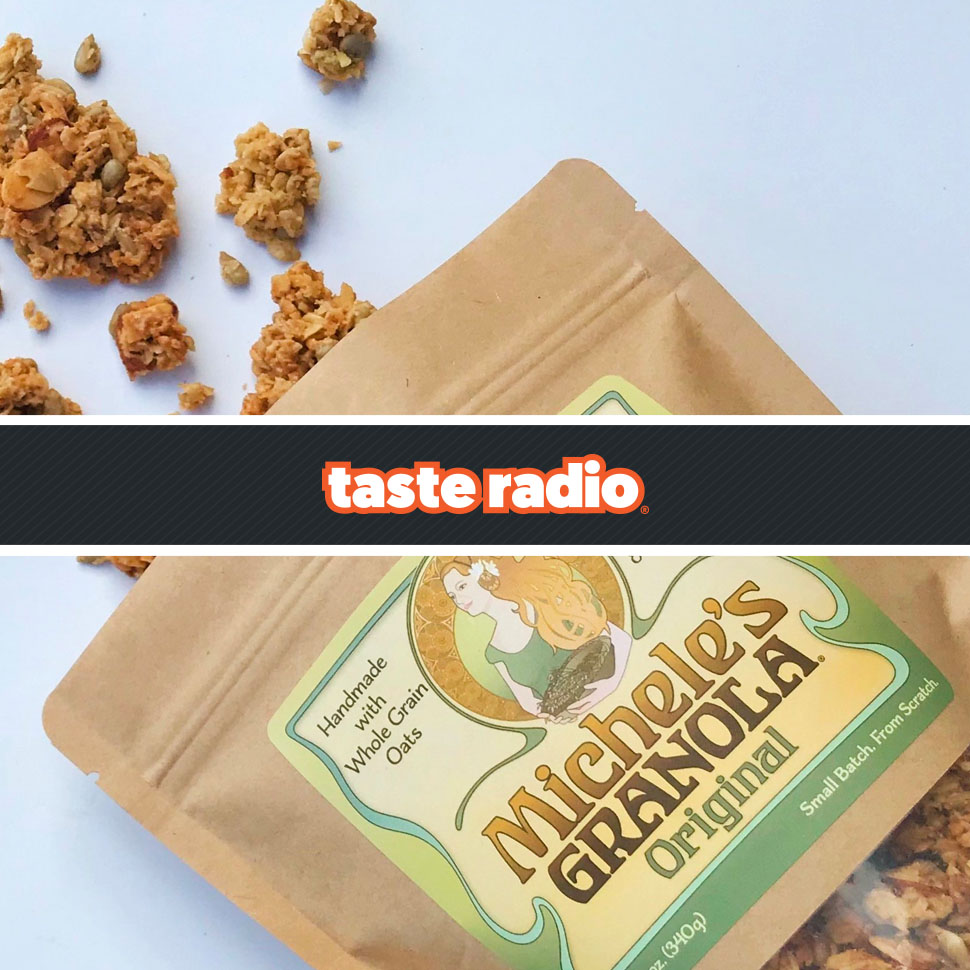



If you take the brand out of the farmer’s market, do you have to take the farmer’s market out of the brand? Not if you’re Michele’s Granola, a brand whose rustic package design and proprietary recipe have remained the same since inception. It’s a big reason why Michele’s has become one of the top-selling brands in its category.
Launched in 2006 by founder Michele Tsucalas, Michele’s Granola markets small batch granola made from natural, organic and non-GMO ingredients. The company’s Maryland manufacturing facility produces over 35,000 pounds of granola and muesli weekly. Michele’s also sells a two-SKU line of granola butter made from oats and nuts.
The products are sold nationally at over 3,800 retailers, including Whole Foods and Wegmans, where Michele’s is the top-selling granola brand at each chain, as well as Ralph’s, Kroger and Sprouts. According to a profile in “Baltimore” magazine,” the company is expected to generate $15 million in revenue this year.
In this episode, Tsucalas and company CEO Oliver Buccicone spoke about how focusing on quality and “premium simplicity” has enabled the brand to scale while maintaining its original, rustic package design and positioning. They also discussed the brand’s patient path to distribution in conventional grocery, how they’ve pushed back on retailer demands for promotional pricing and why examining every cost is key to being cash-flow positive and profitable.
In this Episode
 |
0:35: Michele Tsucalas, Founder & Oliver Buccicone, CEO, Michele’s Granola – Taste Radio editor Ray Latif spoke with Tsucalas and Buccicone, with the founder sharing a bit of background about the brand’s hometown of Lutherville-Timonium, Maryland before she explained why its packaging has remained consistent in the nearly 18 years since its launch. Buccicone spoke about why he joined the company and took on the role of CEO in 2020, why the company’s focus on high-quality and easily understood ingredients resonates with consumers, and how it responded when conventional retail chains began knocking on its door. Later, they discussed why a constant examination of expenses gives a clearer picture of profit and loss, how they evaluate opportunities to innovate and the value of self manufacturing in being able to remain independent and attractive to investors. |






